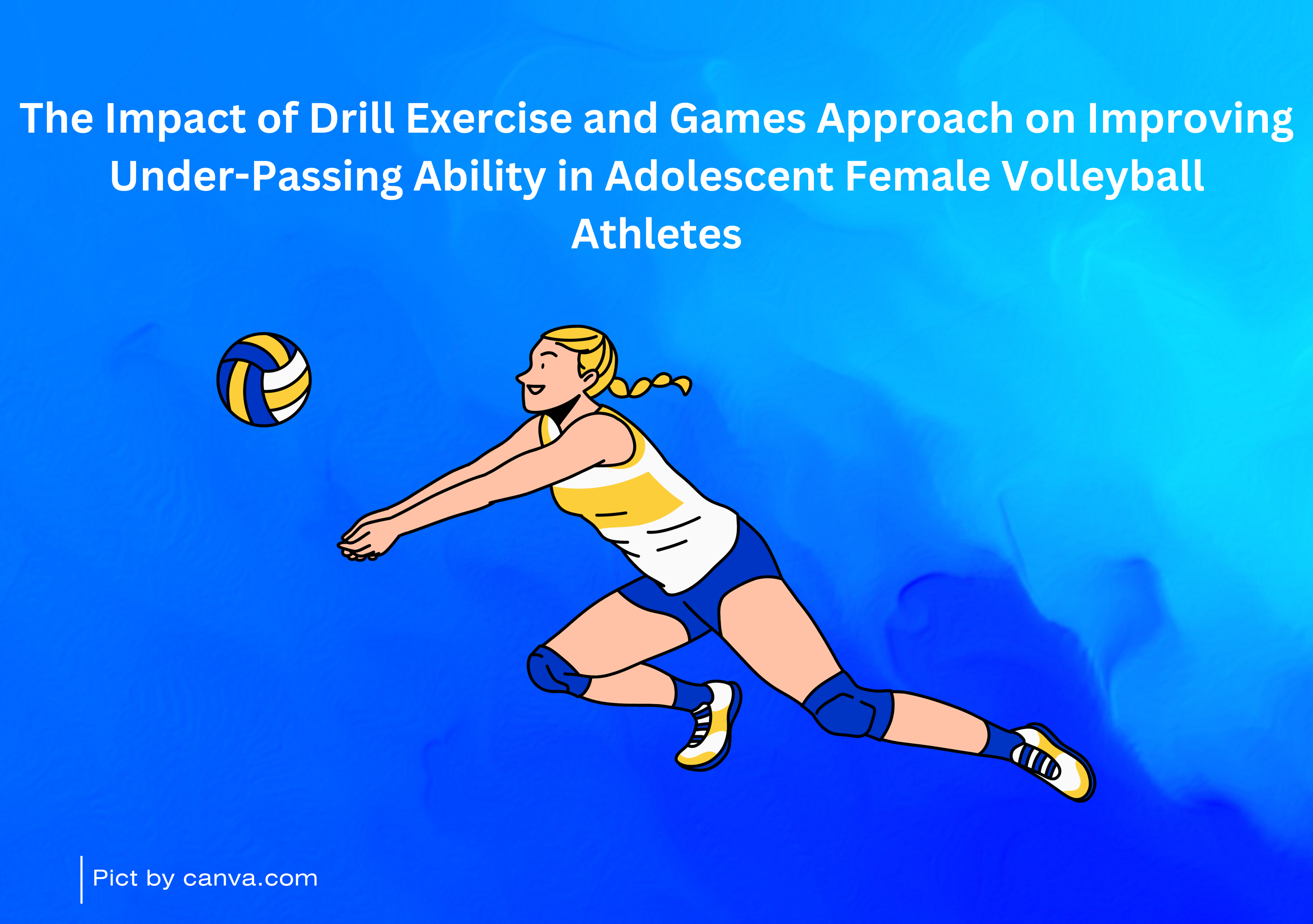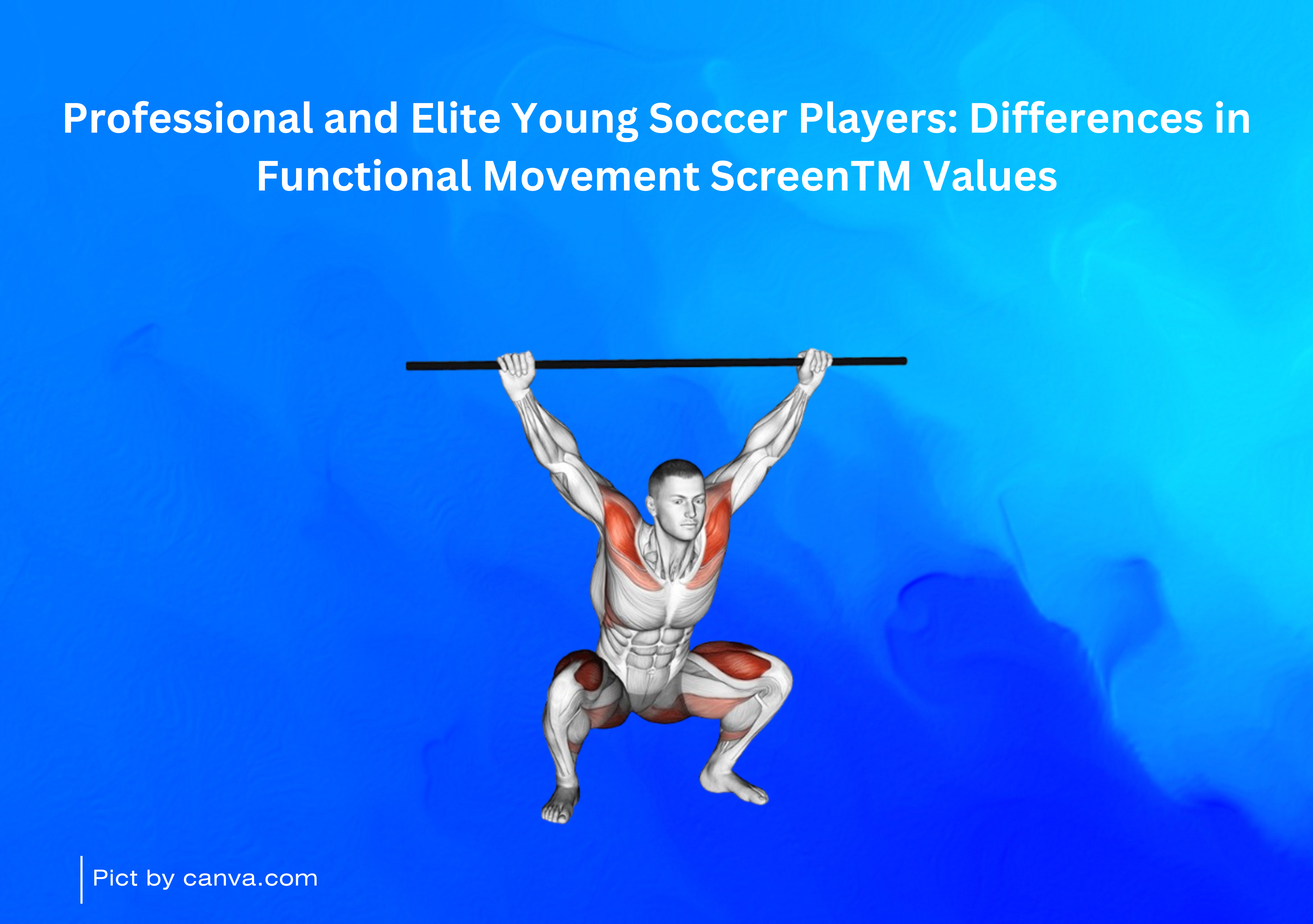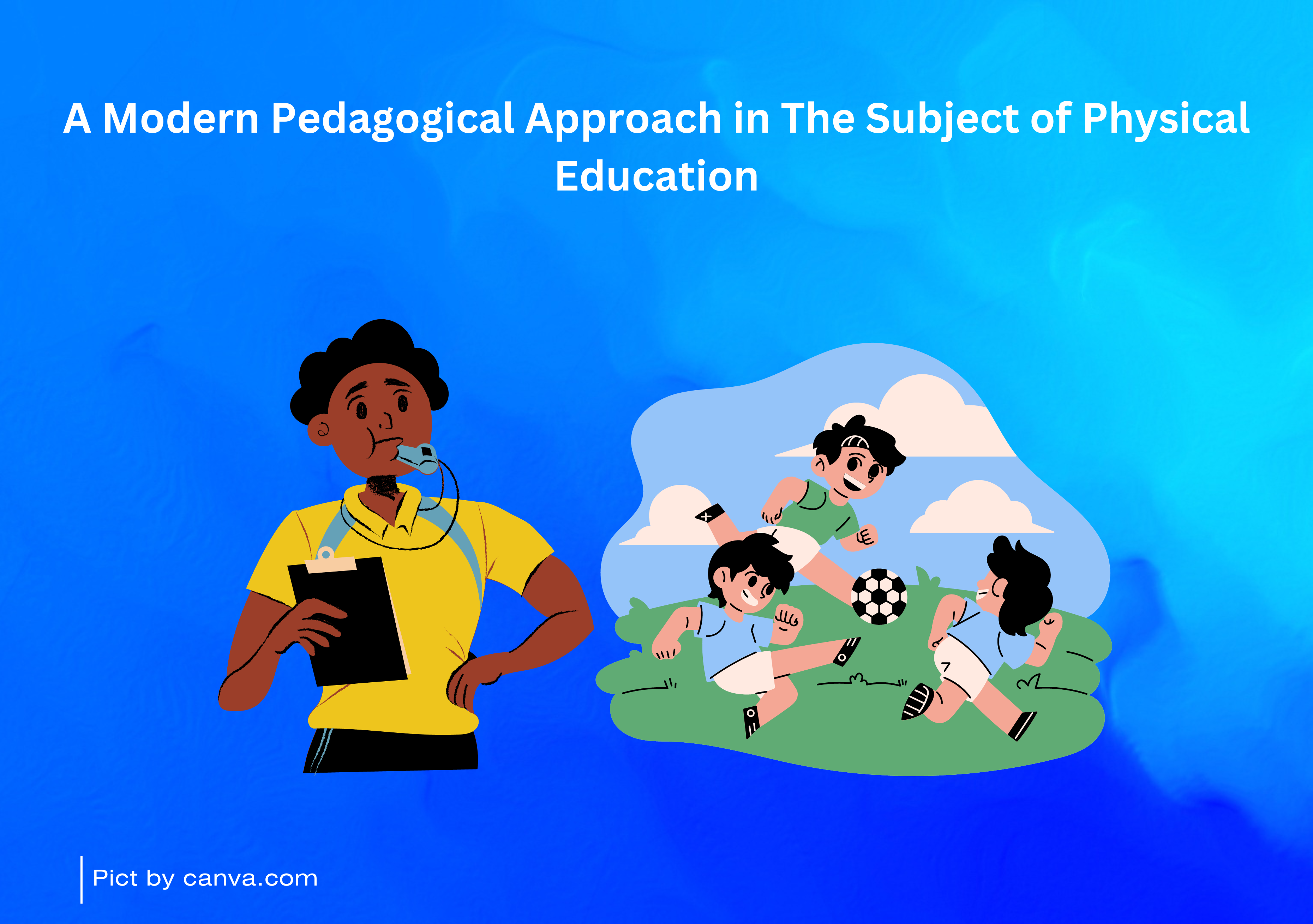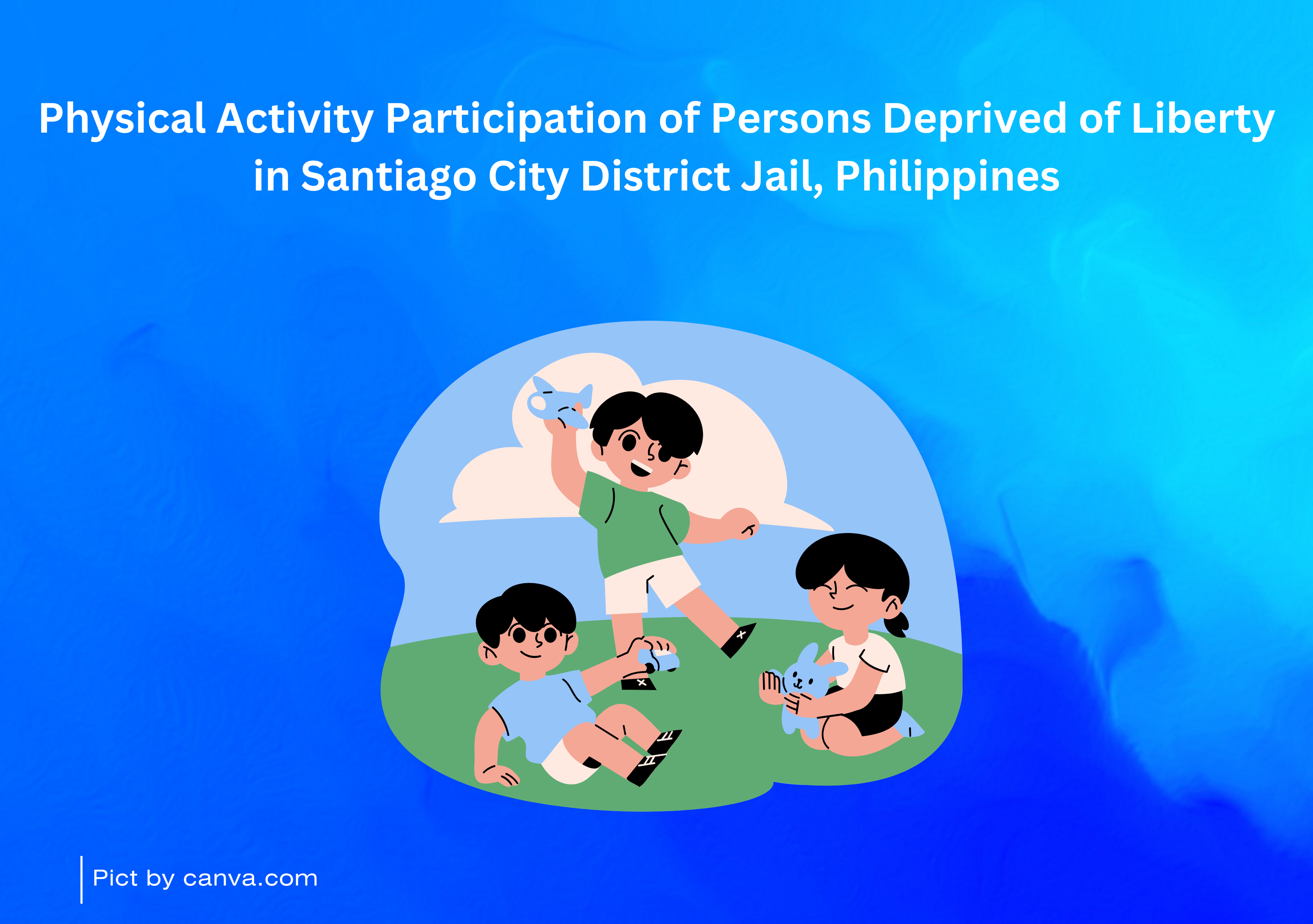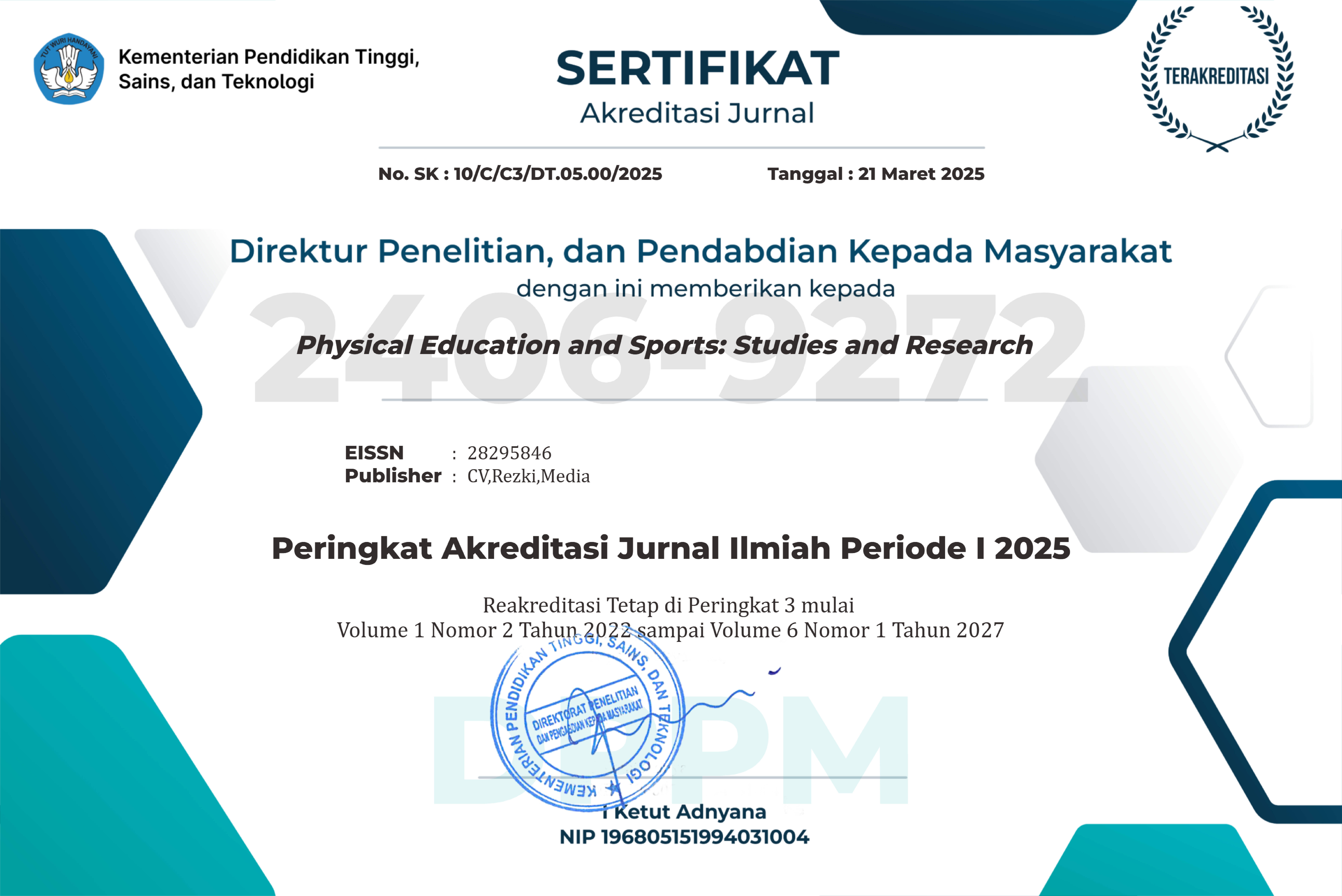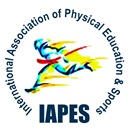The impact of coaching communication styles and training programs on novice tennis player satisfaction: A case study from Indonesia

Downloads
Background: The satisfaction of beginner tennis players is often influenced by coaches' communication styles and the structure of training programs.
Objectives: This study analyzed the effects of coaching communication style and training program design on player satisfaction at Club First Tennis.
Methods: A quantitative, descriptive-associative approach was used with 50 beginner players in regular training sessions. Data were collected using a Likert-scale questionnaire covering coach communication style, training program design, and player satisfaction. Statistical analyses included validity and reliability tests, normality checks, and Spearman's rank correlation due to non-parametric data.
Results: Results showed strong, significant relationships between coaching communication and player satisfaction (r = 0.615, p < 0.05), as well as between training programs and satisfaction (r = 0.620, p < 0.05). These findings indicate that supportive and adaptive communication and well-structured training enhance athlete satisfaction and engagement.
Conclusions: The study highlights the importance of integrating effective communication and program planning in coaching beginner athletes. Future studies are encouraged to explore additional influencing factors such as intrinsic motivation or external support, and to involve larger sample sizes for broader generalizability.
Aliero, H. S., & Miswar, B. (2023). Questionnaire Construction for Educational Research: Approaches and Challenges. African Journal of Humanities and Contemporary Education Research, 11(1), 57-65. https://publications.afropolitanjournals.com/index.php/ajhcer/article/view/464
Berhimpong, M. W., Mangolo, E. W., Makadada, F. A., Hadjarati, H., & Perdana, G. S. (2023). Exploring the impact of drills training and grip strength on tennis serve performance: A factorial experimental design research. Journal of Physical Education and Sport, 23(11), 3108-3118. https://doi.org/10.7752/jpes.2023.11355
Bylak, J., & Hutchinson, M. R. (1998). Common sports injuries in young tennis players. Sports medicine, 26, 119-132. https://doi.org/10.2165/00007256-199826020-00005
Davis, L., Jowett, S., Sörman, D., & Ekelund, R. (2022). The role of quality relationships and communication strategies for the fulfilment of secure and insecure athletes’ basic psychological needs. Journal of Sports Sciences, 40(21), 2424-2436. https://doi.org/10.1080/02640414.2022.2162240
Davis, L., Jowett, S., & Tafvelin, S. (2019). Communication strategies: The fuel for quality coach-athlete relationships and athlete satisfaction. Frontiers in psychology, 10, 2156. https://doi.org/10.3389/fpsyg.2019.02156
Dong, R., Su, X., Li, S., Ni, X., & Liu, Y. (2024). Characteristics, relationships, and differences in muscle activity and impact load attenuation during tennis forehand stroke with different grips. Life, 14(11), 1433. https://doi.org/10.3390/life14111433
Evenetus, Y., Mulyana, R. B., & Ma’mun, A. (2019). Pengaruh Program Latihan terhadap Peningkatan Kekuatan, Power, Daya Tahan Lengan dan Performa Renang 50 Meter Gaya Bebas. Jurnal Penelitian Pendidikan, 19(3), 445–455. https://doi.org/10.17509/jpp.v19i3.22337
Fatah, M. S., & Farida, L. A. (2023). Komunikasi Olahraga Antara Pelatih dan Atlet terhadap Performa Atlet di Klub Dayung Sunan Kalijaga Kabupaten Demak. Indonesian Journal for Physical Education and Sport, 4, 477–483. https://doi.org/10.15294/inapes.v4i0.63538
Fernandez-Fernandez, J., Ulbricht, A., & Ferrauti, A. (2014). Fitness testing of tennis players: how valuable is it?. British journal of sports medicine, 48(Suppl 1), i22-i31. https://doi.org/10.1136/bjsports-2013-093152
Fetisova, Y. (2021). Applying the Expert-Novice Paradigm in Tennis Coaching: Improving Coaches’ Knowledge, Diagnostic Skills and Understanding of the Tennis Serve Technique (Doctoral dissertation, Victoria University). https://vuir.vu.edu.au/id/eprint/42796
Groppel, J., & DiNubile, N. (2009). Tennis: For the health of it!. The Physician and sportsmedicine, 37(2), 40-50. https://doi.org/10.3810/psm.2009.06.1708
Hammond, J., & Smith, C. (2006). Low compression tennis balls and skill development. Journal of sports science & medicine, 5(4), 575. https://pmc.ncbi.nlm.nih.gov/articles/PMC3861758/
Hargie, O. (2021). Skilled interpersonal communication: Research, theory and practice. Routledge.
Huang, D., Wang, H., Tang, Y., Lei, H., & Koh, D. (2025). Enhancing athlete performance under pressure: the role of attribution training in mitigating choking. Frontiers in Psychology, 16, 1435374. https://doi.org/10.3389/fpsyg.2025.1435374
Huang, Y., & Kim, D. (2023). How does service quality improve consumer loyalty in sports fitness centers? The moderating role of sport involvement. Sustainability, 15(17), 12840. https://doi.org/10.3390/su151712840
Kolman, N. S., Kramer, T., Elferink-Gemser, M. T., Huijgen, B. C., & Visscher, C. (2019). Technical and tactical skills related to performance levels in tennis: A systematic review. Journal of sports sciences, 37(1), 108-121. https://doi.org/10.1080/02640414.2018.1483699
Karafil, A. Y., & Ulaş, M. (2023). An evaluation of athletes’ opinions on communication barriers caused by coaches in the interpersonal communication process. Physical Culture and Sport, 102(1), 28-40. https://doi.org/10.2478/pcssr-2024-0003
Kurnia, M. (2017). Prinsip Dasar Program Olahraga Kesehatan. Jurnal Dosen Universitas PGRI Palembang. https://jurnal.univpgri-palembang.ac.id/index.php/prosiding/article/view/976
Magnusen, M., Patrick Marsh, & Jeffrey Petersen. (2023). The Collegiate Sport Experience: Reconceptualizing Sport Venues and College Athlete Satisfaction. Journal of Amateur Sport, 9(1), 73–101. https://doi.org/10.17161/jas.v9i1.18398
Mosston, M., & Ashworth, S. (2002). Teaching physical education (5th ed.). Boston: Benjamin Cummings. (United States).
Purwanti, Y., & Cholifah, S. (2019). Komunikasi & konseling dalam praktik kebidanan. Umsida Press, 1-153.
Rachman, A., Yochanan, E., Samanlangi, A. I., & Purnomo, H. (2024). Metode penelitian kuantitatif, kualitatif dan R&D. Saba Jaya Publisher.
Ross, R. E., VanDerwerker, C. J., Saladin, M. E., & Gregory, C. M. (2023). The role of exercise in the treatment of depression: biological underpinnings and clinical outcomes. Molecular psychiatry, 28(1), 298-328. https://doi.org/10.1038/s41380-022-01819-w
Salman, H. M., & Aleem, D. N. (2024). An easy way to understand the Research Tools, Scales and Parametric & Non-Parametric Tests. Scales and Parametric & Non-Parametric Tests (October 14, 2024). https://dx.doi.org/10.2139/ssrn.4986837
Shubhi, T. M. (2022). Pola Aktivitas Komunikasi Interpersonal Pelatih dan Atlet Klub Tenis Meja Elang Jaya Semarang. Seminar Nasional FPIPSKR Universitas PGRI Semarag, November, 1859–1867. https://conference.upgris.ac.id/index.php/snk/article/download/3128/2048/10
Supono, S., Mustain, A. Z., Irwanto, E., Mislan, M., & Mursidi, A. (2022). Comparative analysis of wilson nxt brand string tension on wilson hyper hamer 7.5 racket against wilson and nassau ball bounce on court tennis. Linguistics and Culture Review, 606-614. https://doi.org/10.21744/lingcure.v6nS1.2117
Xiao, W., Geok, S. K., Bai, X., Bu, T., Norjali Wazir, M. R., Talib, O., ... & Zhan, C. (2022). Effect of exercise training on physical fitness among young tennis players: a systematic review. Frontiers in Public Health, 10, 843021. https://doi.org/10.3389/fpubh.2022.843021
Zhu, Q., Bloom, G. A., Xu, C., Alexander-Urquhart, D., Guo, L., & Zhu, Y. (2024). Elite tennis player's perceptions of coaching effectiveness. International Journal of Sports Science & Coaching, 19(6), 2310-2320. https://doi.org/10.1177/17479541241266700
Copyright (c) 2025 Mohammad Aldi Zakaria, Limpad Nurrachmad

This work is licensed under a Creative Commons Attribution-ShareAlike 4.0 International License.




